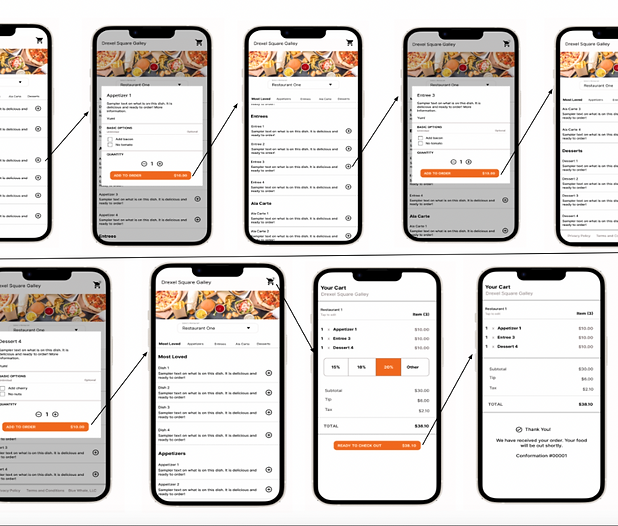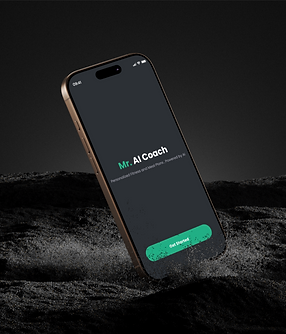

QuickSeat
A mobile application designed to streamline the dining experience.

Introduction
QuickSeat is a mobile application designed to enhance the dining experience by allowing users to seamlessly reserve tables and place food orders at restaurants that utilize QR code technology. With just a few taps, users can scan a restaurant’s QR code to request a table, receive real-time notifications when their table is ready, and browse the menu to place an order. QuickSeat eliminates long wait times and the need for physical menus, offering a convenient, contactless solution for both customers and restaurants. The app also features an interactive interface that streamlines the reservation and ordering process, ensuring a smooth and efficient dining experience.
Challenge
Create an engaging and interactive dining app that enhances the restaurant experience by allowing users to reserve tables, browse menus, and place orders seamlessly through a user-friendly and efficient interface without waiting in line.

QuickSeat
Solution
To enhance the dining experience, I designed QuickSeat, a user-friendly mobile application that allows users to seamlessly reserve tables, browse menus, and place orders through QR code technology. This efficient platform provides an intuitive interface, enabling diners to secure seating, customize their orders, and enjoy a streamlined restaurant experience effortlessly.

Process
The development of QuickSeat followed a structured, user-centered design approach to ensure a seamless and intuitive experience. The process began with extensive research to identify pain points in traditional dining experiences and explore existing digital solutions. Based on these findings, I conceptualized QuickSeat’s features through ideation sessions, storyboarding, and persona development to align with diverse user needs. Wireframes and user flows were then created to define the app’s navigation, ensuring a smooth and logical interaction process.
Storybook
The storybook outlines key user scenarios for QuickSeat, helping define how users interact with the application.
Restaurant Experience
A couple, Sally and Sam, enter a restaurant, scan the QR code to reserve a table, receive a notification when their table is ready, and proceed to order their food through the app.
.png)
.png)
QR Code for Menu
A user scans the QR code at their table, browses the restaurant’s digital menu, customizes their order, and places it directly through the app.

QR Code for Seating
A group of friends or a couple, in this example, Sally and Sam scan a QR code at the entrance, reserves a table, and receives updates on wait times, eliminating the need to wait at the host stand.

Flows
After conducting research, brainstorming ideas, and sketching concepts, I selected the most user-friendly design for QuickSeat. I then created wireframes to structure the app’s interface, starting with low-fidelity layouts to establish core functionalities before refining them into high-fidelity designs for a polished and intuitive dining experience.
Seating Flow
A user opens the app, selects a restaurant, scans the QR code, submits a reservation, and receives a notification when the table is ready.

Placing an Order Flow
A user scans the QR code at their table, browses the menu, customizes their order, submits it, and receives order status updates.

Feedback and Improvement
User feedback played a crucial role in refining QuickSeat’s design and functionality. During usability testing, users highlighted the need for:
-
Clearer Notifications - Enhancing the visibility and clarity of reservation and order status updates.
-
Customization Options - Allowing users to specify seating preferences and dietary restrictions during reservations and ordering.
-
Streamlined Navigation - Improving menu categorization and search functionality for a smoother browsing experience.
-
Restaurant Staff Integration - Ensuring seamless communication between customers and restaurant staff to enhance service efficiency.
Based on these insights, iterative improvements were made to the prototype, refining QuickSeat’s interface, notification system, and ordering process to enhance user satisfaction and overall usability.

Result
I designed QuickSeat as an interactive platform that enhances the dining experience by allowing users to seamlessly reserve tables, browse menus, and place orders using QR codes. QuickSeat provides personalized guidance, helping diners plan their meals efficiently. Each feature is designed to adapt to users' needs, offering a structured yet flexible approach to enjoying a hassle-free dining experience.





